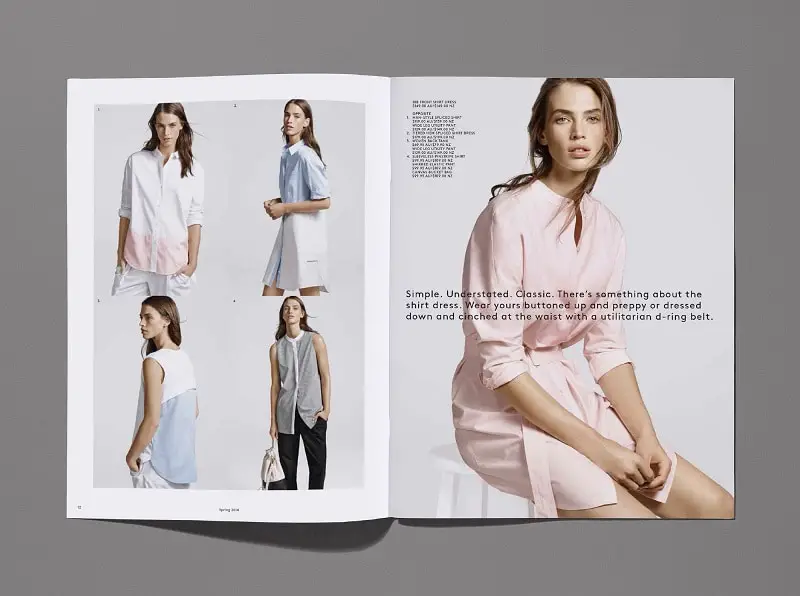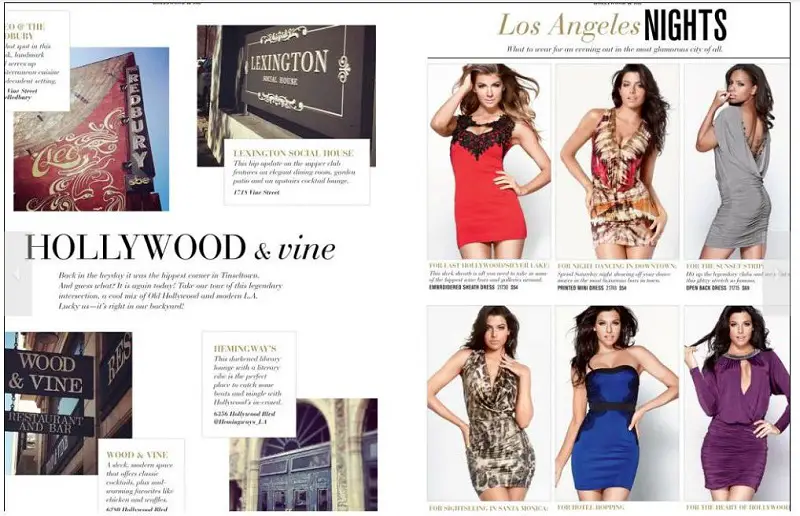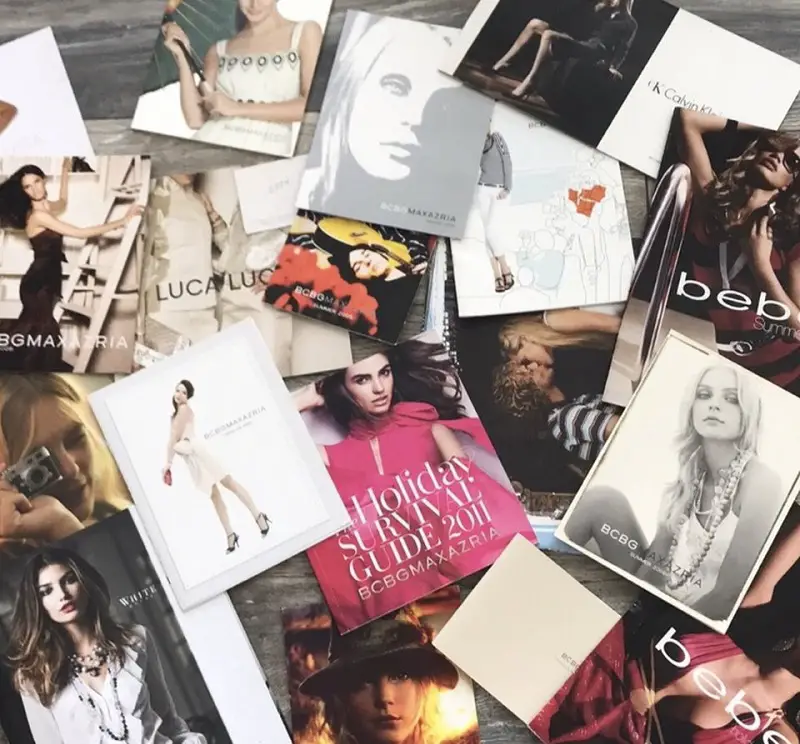If we had to make a classification of the most battered graphic products by companies and designers, the product catalogue would be in a very good position, perhaps on the podium. Many generations of catalogues have been solved graphically with pages and pages of tables, small images, technical text and, in general, no desire to emotionally appeal to the reader.
In general, there are two types of catalogue users:
– Those who use them to choose (the catalogue is a kind of map to orient and buy)
– Those who consult them to sell the products (the catalogue is a work tool that must be perfectly understandable, quick to consult and full of information, because in this case it is mostly used to sell).
For decades, with few exceptions, the product catalogue has performed its function very well without having to tell too much, without worrying about emotions, without having to involve anyone: it spoke clearly and that was enough. But, since companies began selling products directly to consumers and without intermediaries (stores, dealers, sellers, etc.), things began to change.
Without doubt, one of the most famous catalogues in the world is the one produced by Ikea.
The first version dates back to 1951 and, since the sixties, has taken the form in which we know it now, that is, a collection of photos that represent rooms decorated with Swedish furniture.
Through the catalogue, the consumer was introduced to the decorated houses of Ikea, with the impression that these photographic sets represented reality. And, observing them, they understood the use they could give to that furniture, the sensations they probably would have had using them.
In a nutshell, the consumer was “strongly involved” in the purchase decision, in the sense that it was projected in the possible situation of domestic use of the products, so that it went beyond the mere technical aspect of the products considered in isolation.
Since then, catalogues have been increasingly beautiful and important. In this article we will see some examples of good catalogue design, highlighting characteristics.
Modern clothes catalogues feature a lot of images with details and have become increasingly similar to a magazine: they involve the reader and show not only all the combinations of shape, color and fabric of the clothes, but, above all, how to immerse yourself in the universe that these products represent.
However, what’s really made a big splash when it comes to fashion catalogues, are the online catalogues! In recent years people tend to use pay-monthly catalogues to check online newsletters or shops they are subscribed to or have purchased from in the past to see their fashion catalogues for new clothes and offers. It’s hard to deny their convenience and benefits, as they bring the latest word of fashion to your home a few clicks away from you.
Fashion catalogues have certainly come a long way and we’re excited to see where they’ll be headed next. We just hope their path will keep being creative and vivid.



